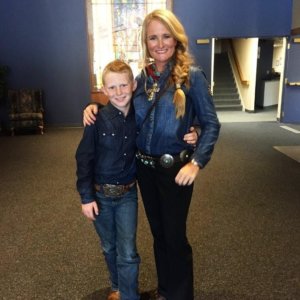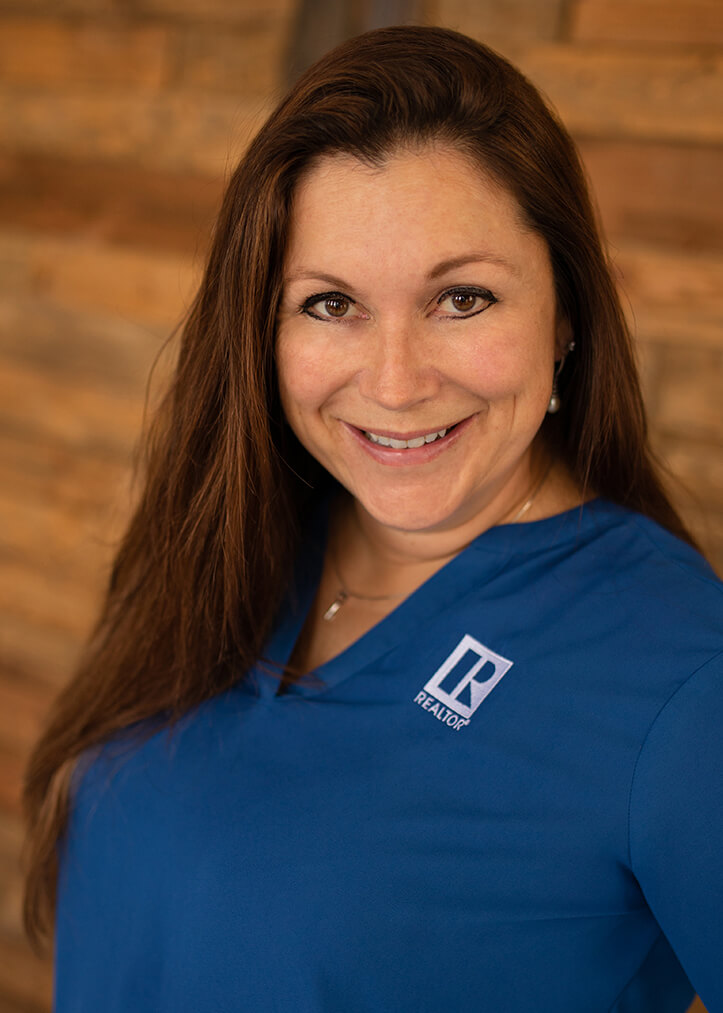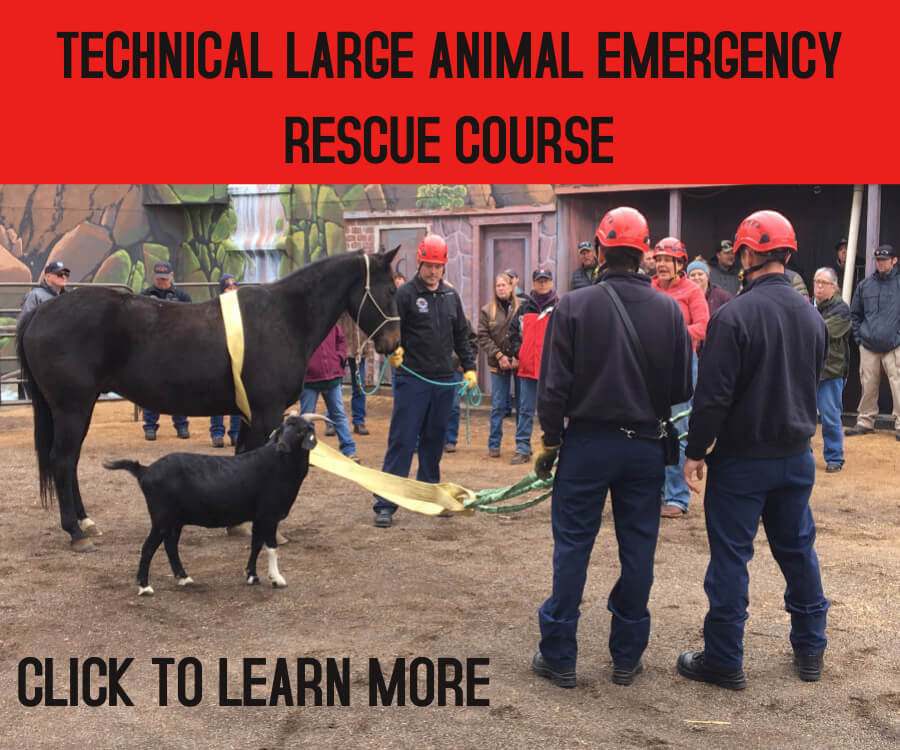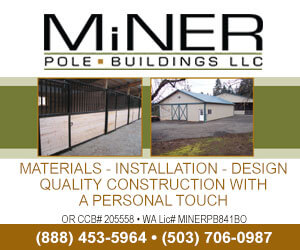When I moved to Washington in 2000, we were fortunate to buy a property that already had a barn and an all-weather 100 x 200-foot outdoor arena. I prefer riding outside, but at our new property, I made the decision to build a covered arena in the future. For now, I have the space leveled and cleared and we have spent a fair bit of time picking rocks. With this new facility, I am careful to consider all our next moves.

We are in the position of upgrading our equestrian lifestyle, within a budget. I have been contemplating whether to develop an outdoor all-weather arena and then cover it, or wait and do the footing after it’s complete. I often weigh out these same choices with horse property buyers and thought that it was time that I reached out to a professional for some tips for building a riding arena.
I have enormous respect for Jackie Gudmundson. I was fortunate enough to know her late husband, Murray, as a talented competitor and friend. For 25 years as a contractor, he was a dedicated student of what best served the horse and rider. When Jackie and Murray married, Jackie was already an accomplished horsewoman, she earned her CDL and worked alongside him building a business with many clients in the horse industry.
Since Murray’s tragic death, Jackie, her son Bodee (age 11), and a crew of dedicated employees have continued Murray Gudmundson Jr Construction Inc. specializing in, among other things, arena installation, renovation, and maintenance. I asked her for some insight into the process.
What are the most important things to consider when installing a new arena?
Intended Use: The first questions I ask a client is what discipline and how many horses a day will use the arena. Do they need it to be rideable year-round? The type of use will determine the depth of the footing, and the seasonal use will determine the type of footing material. For example, an all-weather arena in areas with high rainfall is best with washed sand. When an arena is not dealing with inclement weather, different sands and soils can be used to achieve the preferred feel.
Desired discipline will somewhat determine depth of footing. A standard dressage arena is 2 inches of footing, where other disciplines like barrel racing and cutting require deeper footing. There is an art to determining the right depth and composition of footing that allows peak performance while protecting against injury to the horse or rider.
Location: Topography often dictates size and orientation, and drainage is key to long term arena health. If the land allows, locating the arena in close proximity to the barn and corrals is always preferred. A skilled contractor can help make placement decisions that will be a benefit to the entire facility.
Construction: Just like with horse training, everything begins with a solid foundation/base. A base should be a smooth, firm plane. Indoor arenas can be level, but outdoor arenas should have a subtle slope to allow for runoff. An uneven or inconsistent base can drive up material costs unnecessarily.
Budget: Go into the project with a budget. Work with an experienced contractor who knows equestrian needs. There are ways to streamline costs. Maybe it’s not feasible to complete the project all at once, but an arena can be built in steps to fit a budget.
Maintenance: One of the biggest mistakes I see made is a lack of care over the years. Daily grooming is very beneficial in keeping an arena usable long term. Throughout the year material is tracked out, blown, and washed away. I like to evaluate arenas at least once a year to relevel and check footing depth and condition so riders can continue to enjoy their arena!
Published in the August 2020 Issue:

Allison Trimble is a Realtor® specializing in equestrian properties, farm and ranch properties, and residential real estate. As a former horse trainer, and a current owner, breeder and non-pro competitor in cow horse and reining events, she combines her experience in the horse industry with her lifelong real estate expertise to guide her clients through the real estate process.
Learn more at www.coastalrealtywa.com







How do I get in contact with Jackie Gudmundson? I recently built an outdoor arena for my granddaughter and need about 300 yards of arena mix. I have heard she really knows her mixes! The arena is on Camano Island, Wa.
THANKS!